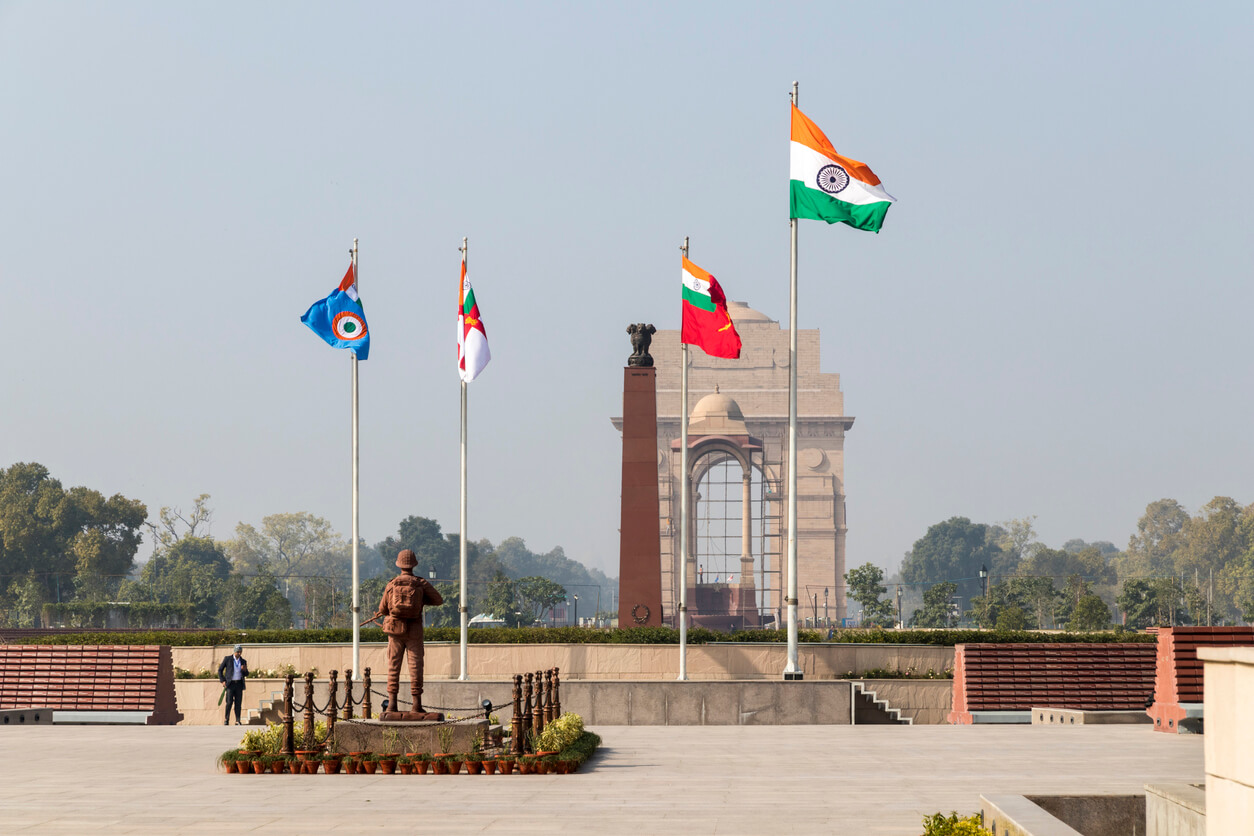
The Great Churn in the Indian Armed Forces
Thu, 08 Jul 2021 | Reading Time: 9 minutes

The unseemly squabble in the Indian armed forces on establishment of Theatre Commands has plainly indicated that there exists incongruence in consolidation and synergistic application of combat power. The diktat of the political hierarchy that has been propelling the armed forces towards jointness stands wholly vindicated. This is in the backdrop of the Northern adversary having exhibited expansionism and challenged status quo, the Northern and Western adversary’s collusion cemented for posterity by CPEC and the stated spectre of two-front war.
The Services, meanwhile, have been projecting elaborate segregated wish-lists for modernisation of the respective forces. However, there is stagnancy of defence budgets, which is bound to continue post-pandemic, with over-riding national socio-economic requirements.
Over a long period of time, certain ideas and assumptions have become etched in stone, assumed as gospel, with any contrary opinion considered unacceptable. As has been appreciated, the future era is of changed character of war. Academics, military historians and analysts have created a very wide ambit of contemporary wars – proxy, grey zone, hybrid, multi-domainal, asymmetrical, information, to name but a few. There are six pointers that merit contemplation.
First is the issue of Two-Front War. With the Chinese intrusions in Eastern Ladakh in 2020, war is contemplated as an inter-state armed conflict, involving Pakistan and China as warring adversaries with collusivity. The collusion between China and Pakistan is considered as likely to translate itself into simultaneous military operations, during conflict situations.
Learned analysts have even contemplated a singular front of the two adversaries, from Kibuthu, Arunachal Pradesh to Sir Creek in Kutch, and the coast line, which would both be over 15000 km. However, in words of Rear Admiral Raja Menon, “…there are a huge number of reasons why this escalating two front scenario is logically untenable. Escalation doesn’t take place, because the twin Chinese precursors of fighting and talking breaks the enemy’s morale and the will to fight. Islamabad has seemed more concerned with the nuclear threshold in a defensive war with India.”
No nation can or should undertake to combat two adversaries together over such a large front in the 21st Century. Such connivance and ‘gang-up’ is also a challenge to international community. India is no banana republic, it has over 1.3 billion population, a very vast and important diaspora, is among the top half a dozen economies of the world and has a large, experienced and competent military machine.
Such a Two-Front war will be catastrophic for the three nations and the world at large. Falling back to history of multi-nation wars of the 20th Century, will be poor exampling or parallels. India must assure itself that such a war is not even in the realm of planning! For this, two subsets need mention. One is the importance of contemplating an alliance system, that offsets the threat of a two-front war. That will envisage a shift in the policy of strategic autonomy and should be subject of separate discussion.
Two is the all-important question of deterrence. The spectrum of dissuasive deterrence (by denial) against the Northern adversary describes a nuanced effort to shape the thinking, affect his psychological state of mind, so that he is convinced that his actions are unlikely to succeed, and hence seeks alternatives to aggression or belligerence. Punitive deterrence (by punishment) on the other hand, threatens the Western adversary severe penalties or punishment intimating that retaliation will be certain, severe, and immediate. The conventional deterrence has not exactly been successful, with the continued grey zone warfare against India.
To assure against collusive war, it may be prudent to re-examine India’s nuclear policy. Defence Minister Manohar Parrikar had questioned India’s NFU policy in 2016. Former NSA Shiv Shankar Menon has written that, “… there is a potential grey area as to when India would use nuclear weapons first against another NWS (nuclear weapons state).” With Chinese expansionism and obvious collusivity, this period is opportune to reconsider the NFU policy, and add a suitable caveat.
With changing warfare, a much broader notion of deterrence is necessary that keeps the focus on threats, but expands the scope to non-military capabilities and actions. A revision of the thought of two-front war will facilitate right-sizing of the armed forces, which is an imperative.
Second is the contemplation of future warfare. Four broad strands of future warfare in Indian context will be relevant for consideration:
- One, warfare is already being undertaken against India below conventional warfare. In what is called grey zone, adversaries are aiming to achieve geopolitical ambitions without overt military aggression, the spectrum being from routine statecraft to fuelling insurgencies and terrorism, to even limited operations like in Kargil or Eastern Ladakh. The drone attacks on Jammu Air Base in June 2021 are one such manifestation. Such asymmetric tactics may not involve physical combat or armed forces direct involvement, but will have a telling effect.
- Two, with disputed LAC and LOC remaining hot and tense, escalation to all-out conventional war is always feasible. This would involve territorial offense and defence, use of aero-space, maritime power, and newer domains of cyber-space and electro-magnetic spectrum! Territorial aggression and attrition warfare may be limited in scope.
- Three, as territorial conventional wars would invariably lead to large number of physical casualties, adversaries may resort to non-contact alternatives using stand-off range precision guided munitions, space warfare, stealth fighters, strategic missiles, rockets and robotics. Conventional missile/ rocket strikes against important strategic and tactical targets may become the norm.
- Four, non-kinetic means which include cyber, social, economic, and psychological strategies, are already acting as force multipliers by shaping the environment, and lowering own will through coercion. In 2020, as per CERT-IN, on an average 3,137 cyber security-related issues were reported every day in India, with 11,58,208 cyber security incidents observed during the year. Many were serious enough to be globally noticed.
Third is the envisioning and strategising for future wars. Indian context is appreciably different from most other conflictual scenarios, even in history. While on one hand there are serious contested territorial issues denoted by LOC and LAC, on the other, technology has made battle-space extend beyond the Earth’s atmosphere and across the entire countries. The segregations of tactical, operational and strategic have been subsumed in prosecution of warfighting.
Contextually, hence, no component of national combat power in India can state that ensuring territorial integrity is a task secondary to targeting the strategic battle-space. This is especially so when one adversary enjoys immense force asymmetrical advantage and colludes constantly with the other. Territorial integrity assurance is a sacred responsibility for the Armed Forces and laid down in the Constitution and in Parliamentary Resolutions. Conversely, targeting the battle-space itself may lend to assurance on territorial integrity, and lead to capitulation – though that would require colossal resources. This becomes, hence, an apex-level decision making entanglement, to crystallise conduct of conventional warfighting among components of the combat power – the Army, Navy and Air Force.
It must also be stated categorically that 21st Century frowns upon infringement of International Humanitarian Law. The principles of military necessity, distinction between combatants and civilians, proportionality, humanity and honour, govern use of force in an armed conflict.
The era of strategic bombing, like in the Battle of Britain, is consigned to historical reference. Similarly, capture of Paris and siege of Brussels are relics of past and not replicable even for border-proximate cities in Indian context! That is why, despite the availability of combat power, pragmatism ensured that the cities like Yerevan and Gyumri or Baku and Ganja, and even the oil refinery or the Baku-Tbilisi pipeline, all significant strategic objectives, were not targeted in November 2020 in Armenia-Azerbaijan War.
Hence, while technology and capability does exist for long range precision weaponry and enhanced lethality, its application on adversary’s national and strategic targets will require political acceptance, and has to be measured against quid pro quo response and escalation.
Case in point of political control is restrictions placed on employment of Air Force in the Kargil War, which is, not to cross the LOC, though it would have majorly shortened the war! Strategic and tactical air interdiction missions and targeting enemy’s fighting capabilities can, however, be undertaken to a plan, for ‘shaping’ the battlefield. The Army too simultaneously ‘shapes’ the battlefield by ground operations and use of long-range firepower, and this can well be coordinated. The flexible nature of air power, strategic and tactical missiles, rockets and armed drones allows effective balance between territorial integrity related tasks, counter air, air defence and strategic interdiction.
Fourth is synergistic application of combat power. It is now apparent that jointness, especially between Army and Air Force, has deep cleavages – from role, tasking and structures. Joint training in NDA, DSSC, Higher Command Courses, NDC or even the Advance HQ with Army Commands, have been of limited avail. The tasking of DMA by the Government then for “facilitation of restructuring of Military Commands for optimal utilization of resources by bringing about jointness in operations, including through establishment of joint/ theatre commands,” was indeed visionary and imperative.
There is huge brouhaha on the supported arm issue. Within the Army itself, Armoured Corps, Artillery and Infantry have supremacy beliefs! Yet Artillery (and of course Air Force) were in lead role in Kargil War, and without their prowess, to recapture the heights would have been near impossibility for Infantry. In operations in the deserts, Armoured corps and Mechanised Infantry are the lead, Infantry is relegated to ‘follow and support role’. The tables are turned in mountains and high-altitude warfare.
If there was matching of minds, this ‘supported arm’ issue would have been issue brushed under the carpet – even with audio-visual and social media fanning it incessantly. It would have become simply acceptance of war plans based on prudence. John Milton many centuries ago gave a visionary advice, ‘…prudence is the virtue by which we discern what is proper to do under various circumstances in time and space.’
More important than even the Tri-Service structures is the prime need of multi-disciplinary joint military strategy that understands the changing character of war, employment of the weapons of war, has political guidance on how to prosecute war and the expected end state. Hence, the Armed Forces must strategise with a distilled vision to achieve success and relative advantage in multi-domain complex wars, with a military strategy of integrated, synergistic effects of complete combat power.
The word ‘theatre’ is immaterial to the argument of integration and restructuring, as it unnecessarily lends to equation with the US or Chinese Theatre Commands. Even joint or integrated would do magnificently, the structure matters more than name! At this juncture it is also not material to enter into the argument on the number of these apex joint structures, their locations, areas of responsibility and the force compositions, as serious discussions are on already among competent functionaries in South Block, and many a suggestion is in the fore.
Fact is that even now warfighting is planned and executed by the Cs-in-C in Commands, and not from South Block or Vayu Bhawan, though the latter do prescribe some higher vision. There are sharp lacunae in the current methodology of joint planning and execution, as those in command of field formations well know. As argued previously, there are two given adversaries. Hence consolidated command structures to plan to combat both separately, in multi-domains of warfare and logistics will be ideal.
Similarly, the sea-board is vast and mandates consolidation in one or two integrations. Obviously, there would be subordinate formations, fleets and bases that will undertake to execute plans enunciated by the Commands. Best synergy, potency and effectiveness will emanate from a singular plan for each adversary, conceptualised together by the components of combat power, pooled-in resources and executed as one.
Fifth, it is also essential to refer to all-important and the underlying human resource (HR) issues, that will be altered in the new systemic landscape. Cs-in-C are the ultimate assignments in the Services, the ambition of most. The seven Cs-in-C each of Army and Air Force will stand to lose!
In the model that is under discussion, the three Chiefs will be operational decision makers, as part of the Chiefs of Staff Committee – another earth-shaking change. The intense resistance to these disruptions is also the HR aspect. If however, the HR issue remains paramount and leads to disaggregating unity of command, it will become detrimental to the larger integration being sought. In these considerations, hence, the HR issue also needs to be comprehended and addressed.
The respective ethos of Services will also invariably get subsumed in a new culture, albeit over time. The fear that the large Army will overpower the ethos and culture of other two is genuine, and needs reflection!
And sixth, are the elaborate wish-lists of the Services in matters of capital procurement for modernisation. At a time when systemic change is envisaged, the independent modernisation plans need to be reappraised to bring about the correct composition of force. Military strategy and restructuring must precede committal of billions of dollars in capital acquisitions. This too is a wholesome subject for separate consideration.
In sum, militaries are known to be status quoist with dogmas and assumptions that are not easily shaken. It is obvious that the change sought is a major churn, an immense disruptive innovation that will revolutionise the way business is done in the armed forces. Naturally, it mandates serious examination, which is underway, and in which many a disruption will occur. In a wonderful essay, computer scientist and co-founder of Y Combinator, Paul Graham had relevantly observed that “When experts are wrong, it’s often because they’re experts on an earlier version of the world.” Perseverance is the key; critique is necessary but must be forward-looking!
*****************************************************************************************************************

Lt Gen (Dr) Rakesh Sharma, PVSM, UYSM, AVSM,VSM (Retd) served for forty years in the Indian Army and commanded the Fire and Fury Corps in Ladakh. He was Adjutant General of the Indian Army, and is currently DISTINGUISHED FELLOW with CLAWS. He is a prolific writer and lectures on Geo-strategic and military matters.
Chanakya Forum is now on Telegram. Click here to join our channel (@ChanakyaForum) and stay updated with the latest headlines and articles.
Disclaimer
The opinions expressed in this article are the author’s own and do not reflect the views of Chanakya Forum. All information provided in this article including timeliness, completeness, accuracy, suitability or validity of information referenced therein, is the sole responsibility of the author. www.chanakyaforum.com does not assume any responsibility for the same.
Chanakya Forum is now on . Click here to join our channel (@ChanakyaForum) and stay updated with the latest headlines and articles.
Important
We work round the clock to bring you the finest articles and updates from around the world. There is a team that works tirelessly to ensure that you have a seamless reading experience. But all this costs money. Please support us so that we keep doing what we do best. Happy Reading
Support Us




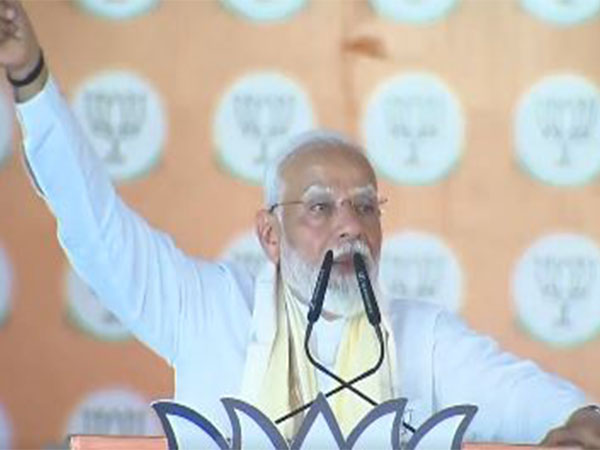
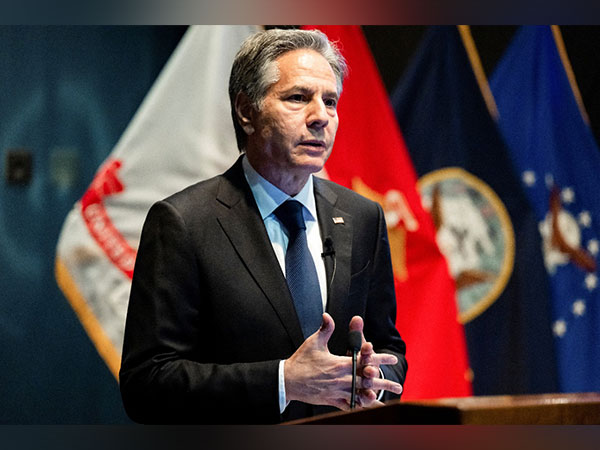
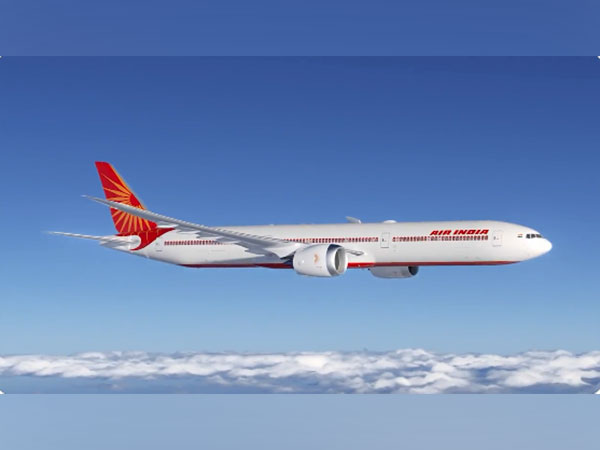

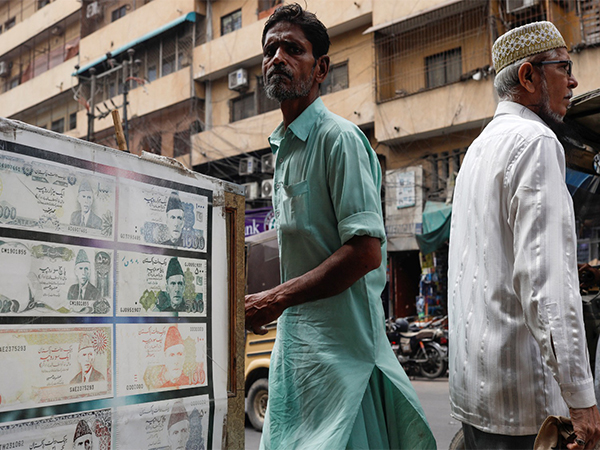
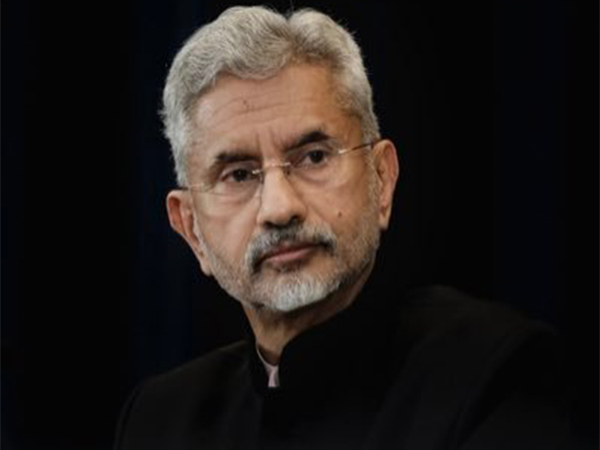
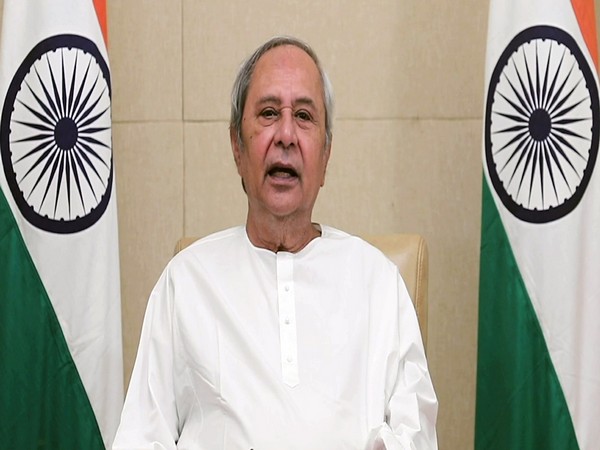

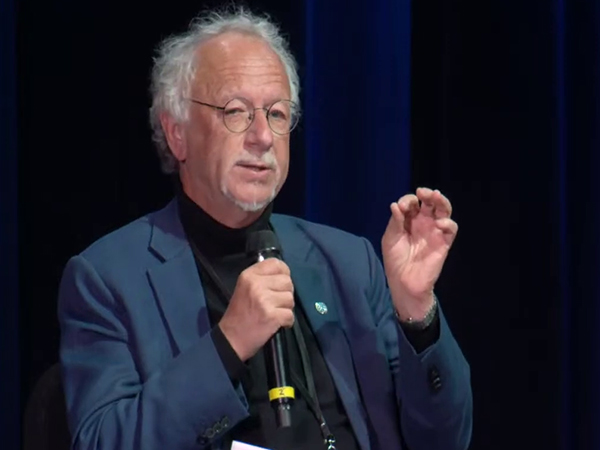







POST COMMENTS (2)
Yogesh Meena
RC PATIAL